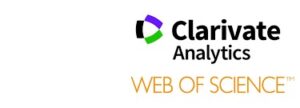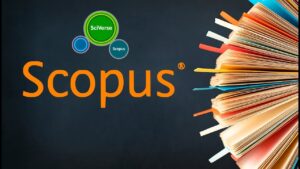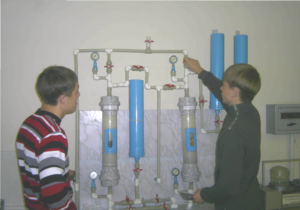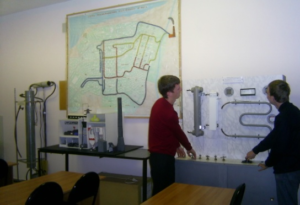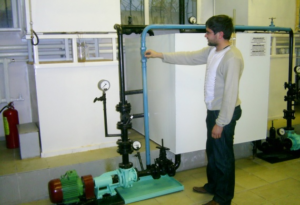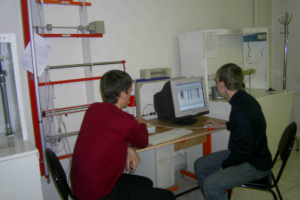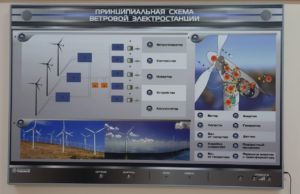Material and technical base
The Department of Power engineering has a good material and technical base, fully providing laboratory practice for all subjects studied. The Department has laboratory and research stands as leading manufacturers of electrical equipment. And made by the faculty and students.
Laboratory of electric machines
The laboratory has 8 stands for studying the operating modes of AC and DC electric motors, as well as single-phase and three-phase transformers. In the course of laboratory work, the characteristics of the operation of electric machines in different modes are removed, calculations are performed based on the data obtained.
Laboratory of electrical circuit theory
This laboratory has six stands for conducting laboratory research sessions on the design and study of electrical circuits and the basic laws of electrical engineering, as well as obtaining skills in practical calculations of the parameters of the studied electrical systems.
Laboratory of technological measurements.
The laboratory has 4 test stands where students get acquainted with the equipment installed on the stands, determine the errors and variations of technological devices: ammeters, voltmeters, wattmeters, manometric thermometers and other equipment (automatic machines, relays, contactors, resistances).
Laboratory of automated electric drive
The laboratory has two laboratory research stands for studying the operation of AC and DC electric drives with digital control from SIEMENS. The stands are integrated into a single system with control from logic programmable controllers from SIEMENS and MITSUBISHI. The stands allow you to conduct studies of electric drives in various operating modes with visualization of processes on the operator panel.
Laboratory of electrical equipment and power supply.
The laboratory has laboratory stands for studying the main electrical equipment of industrial enterprises and power supply systems. The laboratory presents the main types of control circuits for DC and AC electric motors, electrical devices, electrical energy measurement tools, and a system for automated control of switching electrical circuits using a logic microprocessor controller LOGO.
The “heat power Engineering” section has a sufficient number of classrooms and laboratories. The total area of training and auxiliary facilities assigned to the section is 800 m2, which is more than 10 m2 per full-time student.
The equipment of laboratories with installations corresponds to the goals and objectives of training specialists in heat power engineering, meets modern requirements. Educational and laboratory installations can be used in research works of students and teachers. Laboratory installations intended for training bachelors in the specialty ” heat power Engineering»
Computer hardware and software.
The Department has its own computer class, in addition, students and teachers of the Department can use the University’s computer classes at any time. Modern computers available in computer classes are provided with access to the Internet and the local network of the University. Computer classes are also available outside of school hours. The software includes modern professional software packages and is fully consistent with the objectives of the educational programs.
Laboratory “Traditional and alternative energy»
Interactive light-dynamic stand “Schematic diagram of a wind power plant»
The electrified stand is designed to gain knowledge about the concept of a wind power plant. it is a full-color led panel that displays information about the concept of a wind power plant. High-sensitivity sensors are integrated into the design of the training equipment to control the stand using interactive effects of receiving and transmitting devices. There are two modes of working with the stand: “Training” and “Control”.
Interactive light-dynamic stand “Smart home power supply»
The stand is an interactive led-dynamic panel with separate light indication. The front part of the stand provides comprehensive information on the following sections:
• application of solar energy;
• use of wind power, running water;
• use of a generator with an internal combustion engine.
Highly sensitive sensors are integrated into the design of the training equipment to control the operation of the equipment using the interactive influence of receiving and transmitting devices. The stand is equipped with the “Virtual teacher” function, which tells about the main features and principles of smart home power supply.
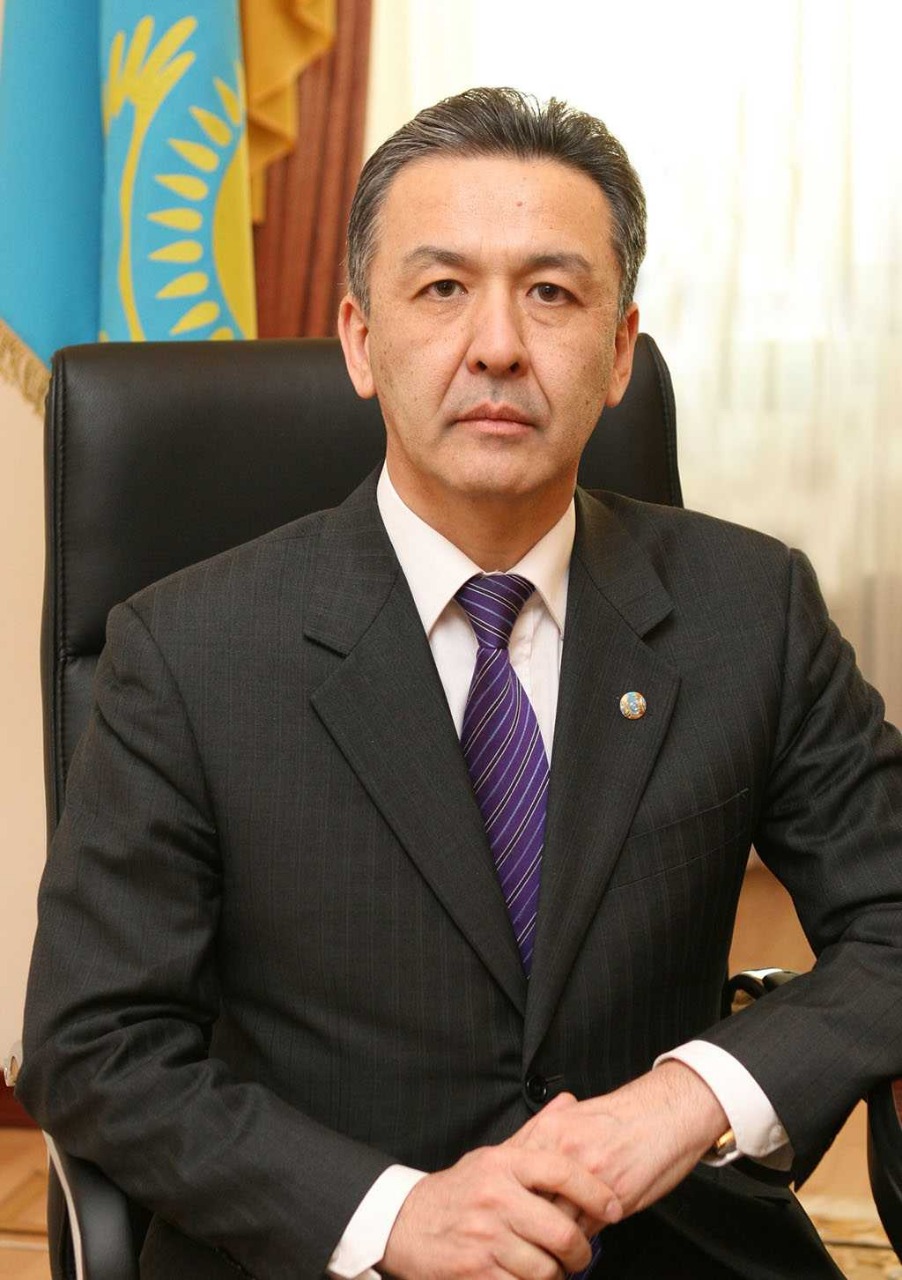 For the period of 50 years Karaganda Industrial University, founded in 1963, has become one of the leading higher ...
For the period of 50 years Karaganda Industrial University, founded in 1963, has become one of the leading higher ...






